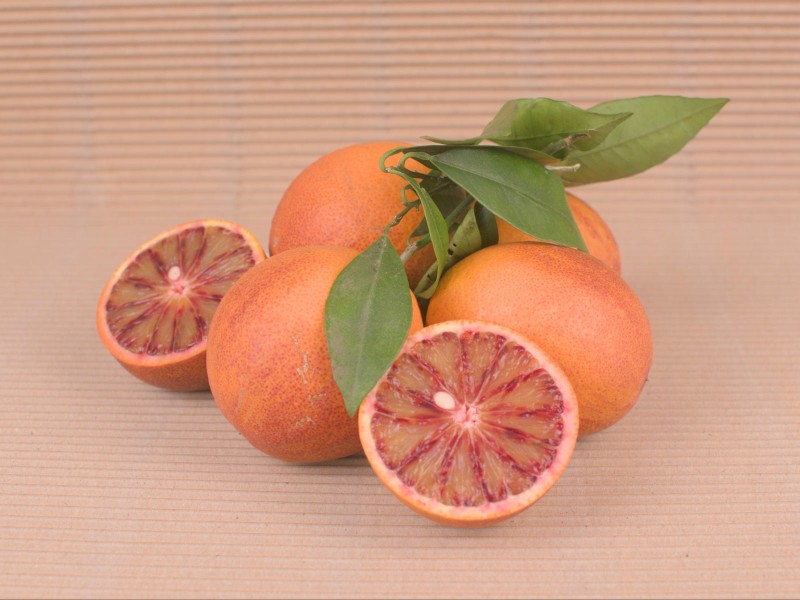Lanelate Orange
GENERAL DESCRIPTION:
Also known as Navel-Lane. Late orange of the Navel family, medium size and rounded shape, smooth skin of little thickness and orange-yellow color. Its navel is more discreet than that of other Navel varieties. With an excellent and very sweet flavor, it produces a large amount of juice and does not have seeds, being suitable both for juice and for table orange.
Unlike other varieties, past its optimal ripening point it does not change its flavor.
CALIBER:
The average caliber of this variety is medium size: the vast majority of pieces are above 75 mm. The minimum commercial caliber in Naranjas de Cullera for this variety is 67 mm.
DURABILITY:
It is kept in good condition up to 30 days after harvest (some pieces even more), always following our instructions for its conservation: remove them immediately from the box, spread them on a large surface, with temperature and humidity not extreme, without direct sunlight or heat sources, and discarding any piece that may spoil. This is a general rule, taking into account that they are perishable and without post-harvest treatments, it is also possible that some piece will spoil before 30 days.
POSSIBLE INCONVENIENCES:
It may present aesthetic defects that do not affect its quality (see our blog in this regard). In advanced stages of its ripening it can be soft. Like all fresh oranges without post-harvest treatments, they do not peel completely well by hand.
Sanguinelli: Blood Orange
GENERAL DESCRIPTION:
The blood orange is a variety of orange with flesh spots of dark red color, whose juice has a color similar to
raspberry. The degree of this coloration depends mainly on strong temperature changes between day and night, as
well as the variety. The dark red color of its flesh is due to the presence of anthocyanins, which are pigments
with antioxidant properties common in many flowers and fruits although rare in citrus fruits. Although they can
be harvested from December to May, in our area the best months are February and March.
It is round, medium or small in size, smooth skin of little thickness and orange color with red spots. It is a
very juicy orange, with a higher degree of acidity than Lanelate and a delicious special flavor. It may have some
seeds. It produces a large amount of juice, although it can also be taken as a table orange. The pulp of these
oranges is strong and compact.
CALIBER:
The average caliber of this variety is medium or small. The minimum commercial caliber in Naranjas de Cullera for
this variety is 60 mm.
DURABILITY:
It is kept in good condition up to 30 days after harvest (some pieces even more), always following our instructions
for its conservation: remove them immediately from the box, spread them on a large surface, with temperature and
humidity not extreme, without direct sunlight or heat sources, and discarding any piece that may spoil. This is a
general rule, considering that they are perishable and without post-harvest treatments, it is also possible that
some piece will spoil before 30 days.
POSSIBLE INCONVENIENCES:
For those who like sweet oranges and do not tolerate acid, this is not their orange. It usually has seeds. It may
have aesthetic defects that do not affect its quality (see our blog about it). In advanced stages of ripening it may
be soft. Like all fresh oranges and without post-harvest treatments, they do not peel well with the hand.
Organic Farming
These fruits come from a certified organic farming that respects
the environment. Treatments are only applied when necessary and always
with natural substances approved by the organic agriculture committee.
Like all our products, they undergo no post-harvest treatment.
Different regional control bodies in Europe ensure that consumers receive
truly organic products. The organization for our region is CAECV
(Committee of Organic Agriculture of the Valencian Community), authorized
by the European Union with code ES-ECO-020-CV.

